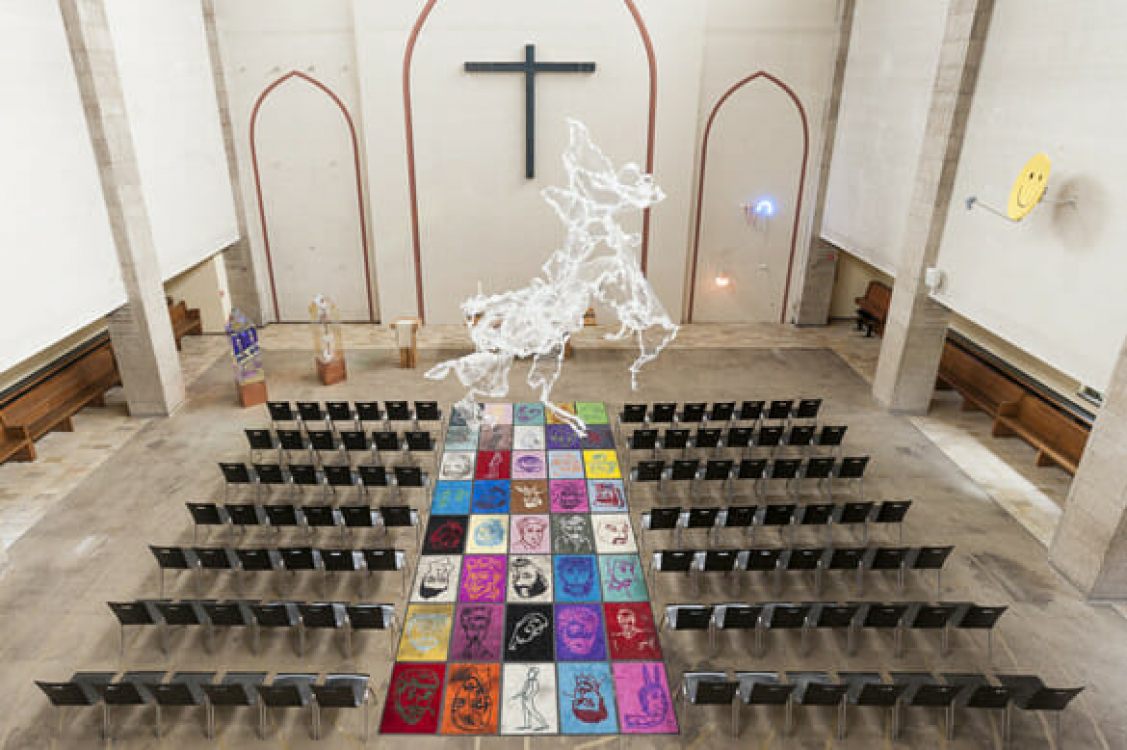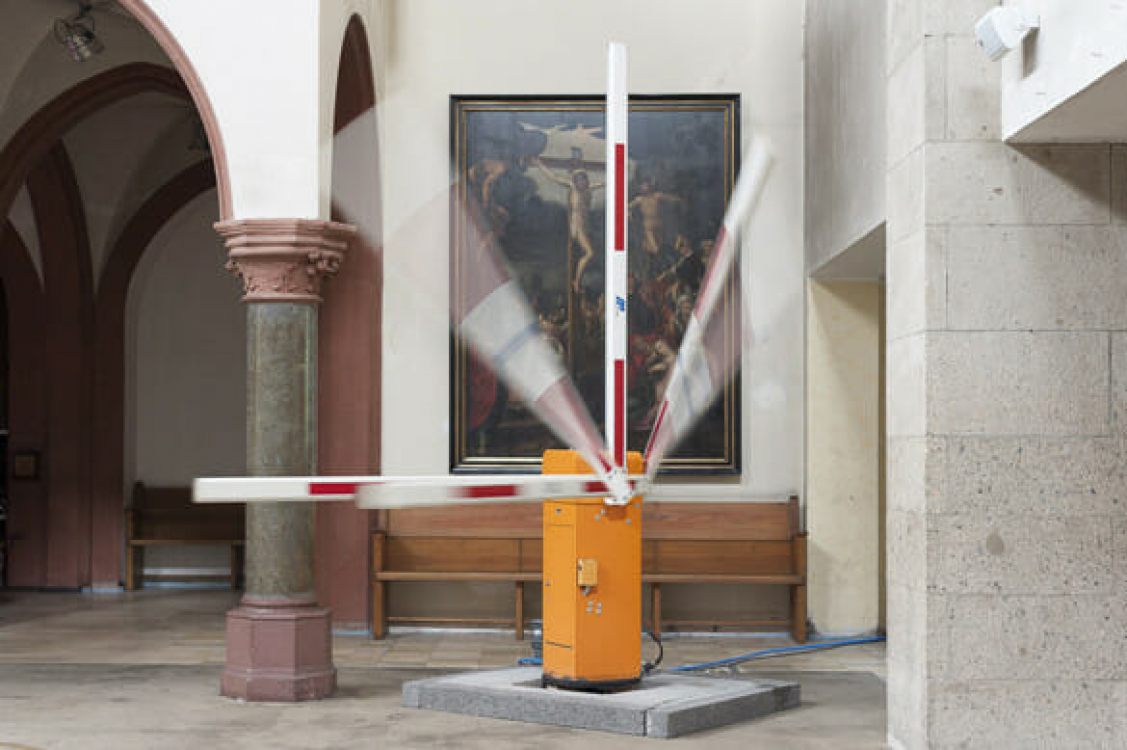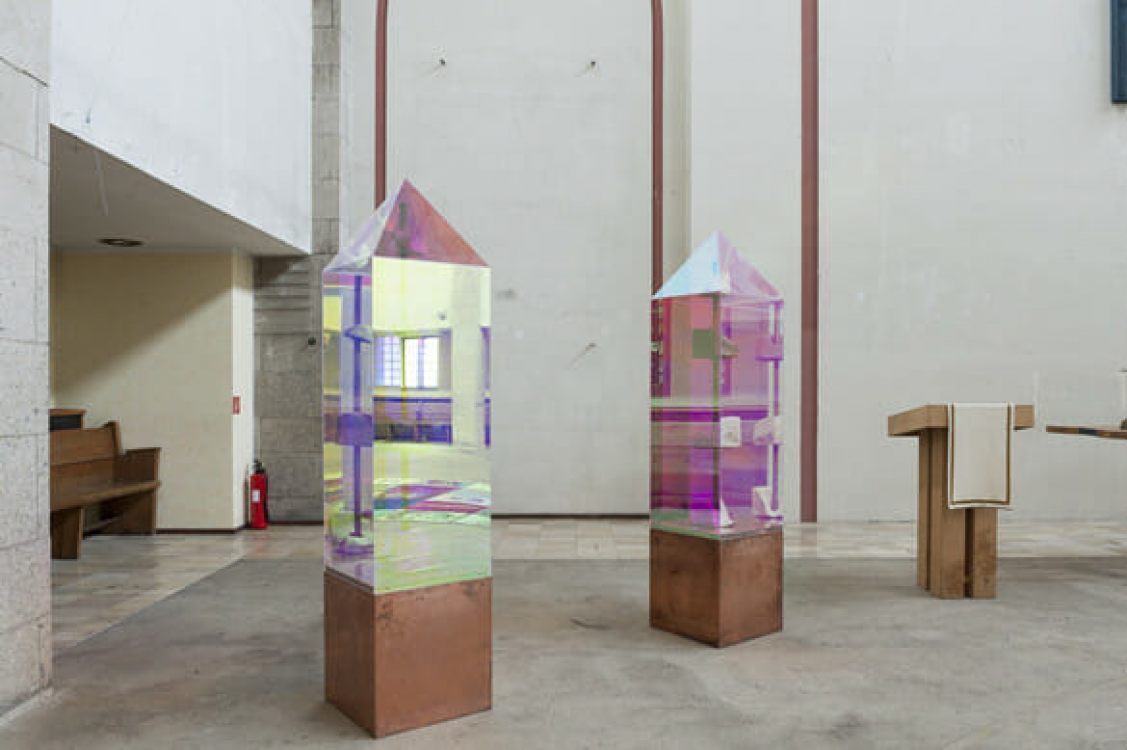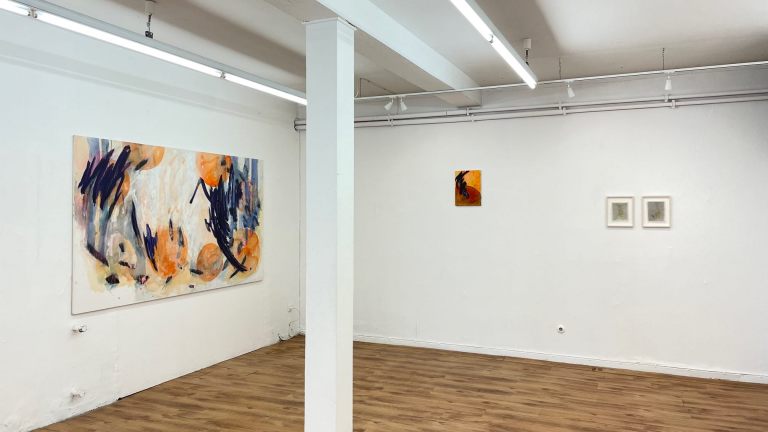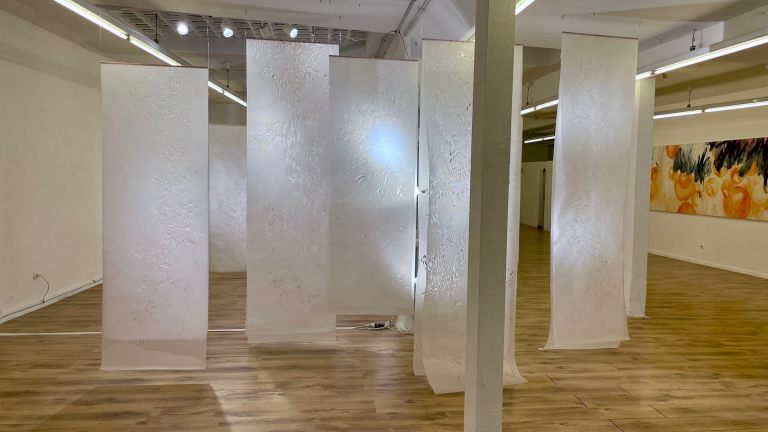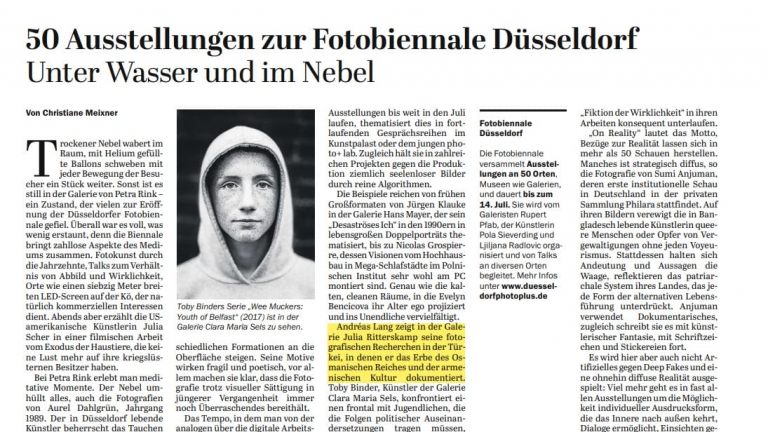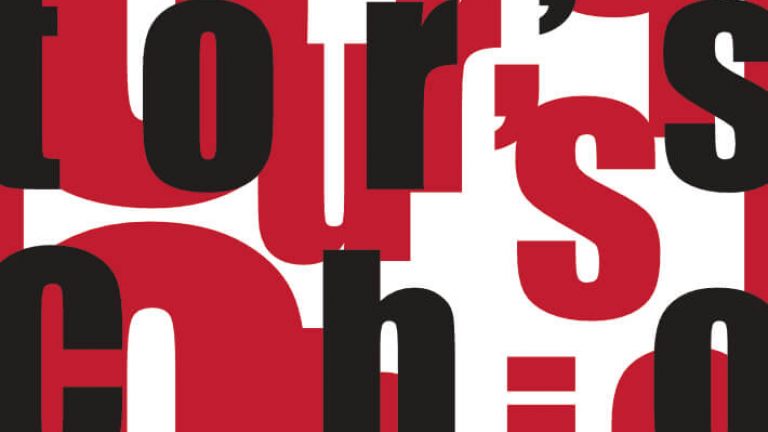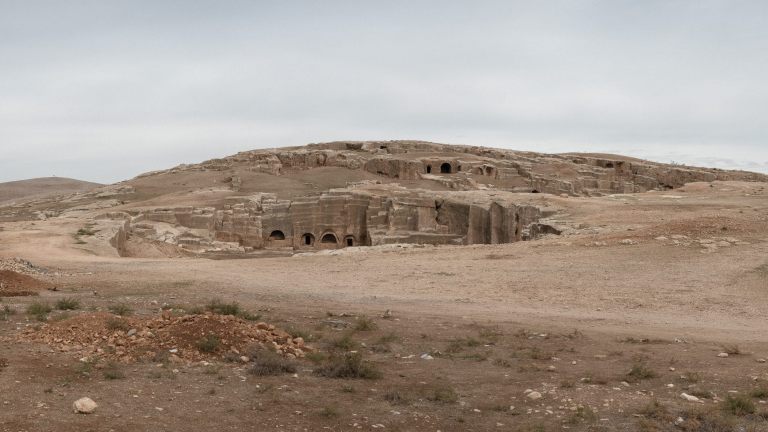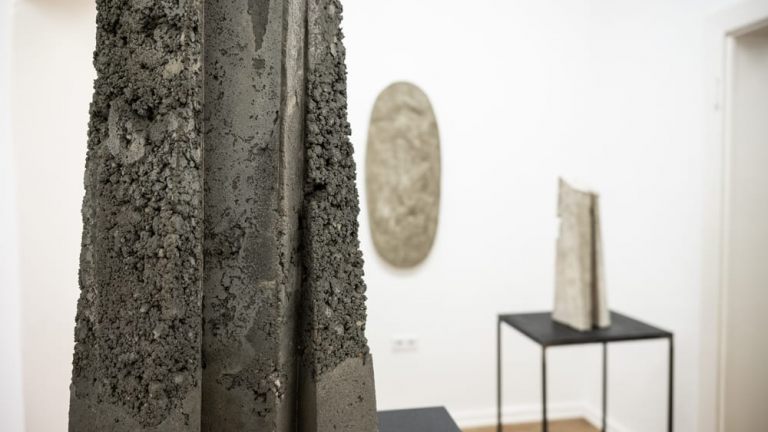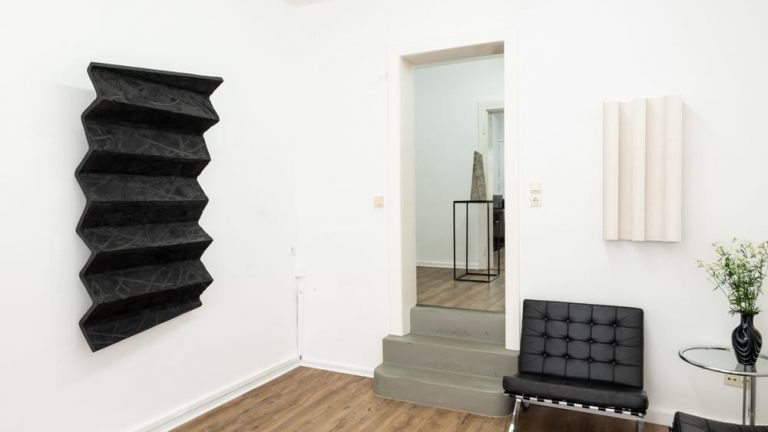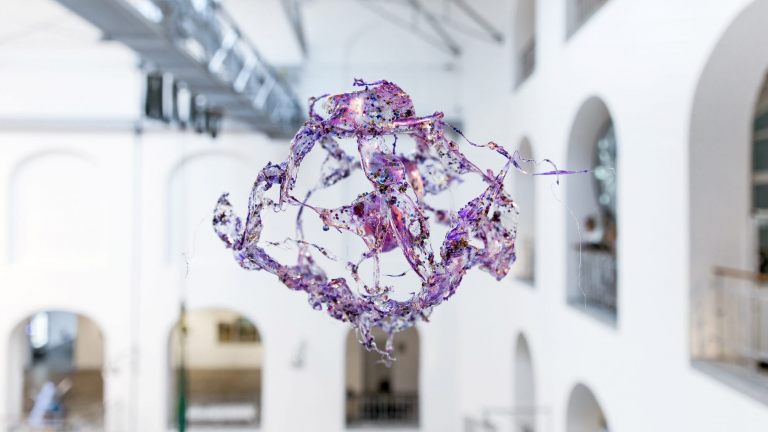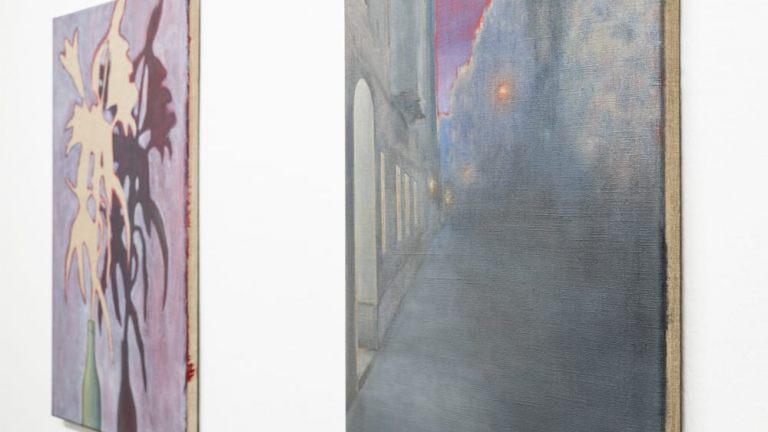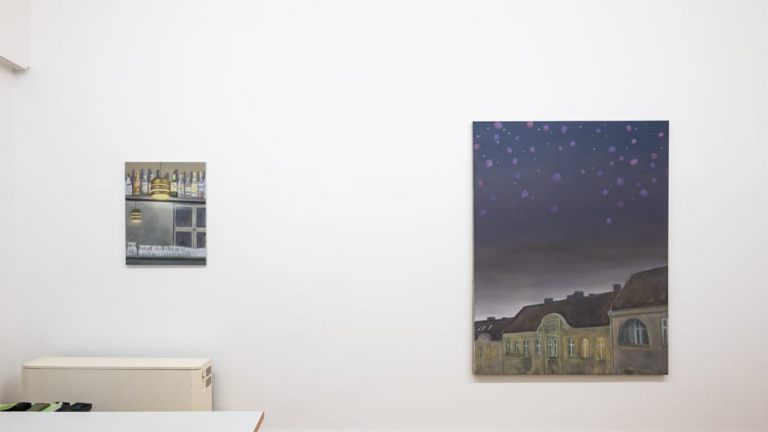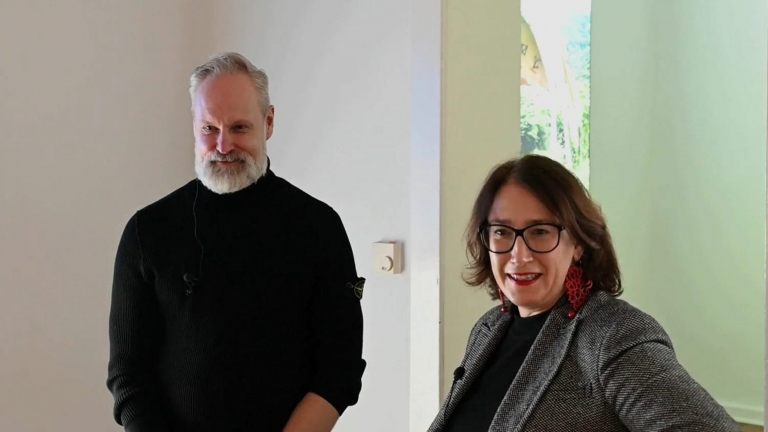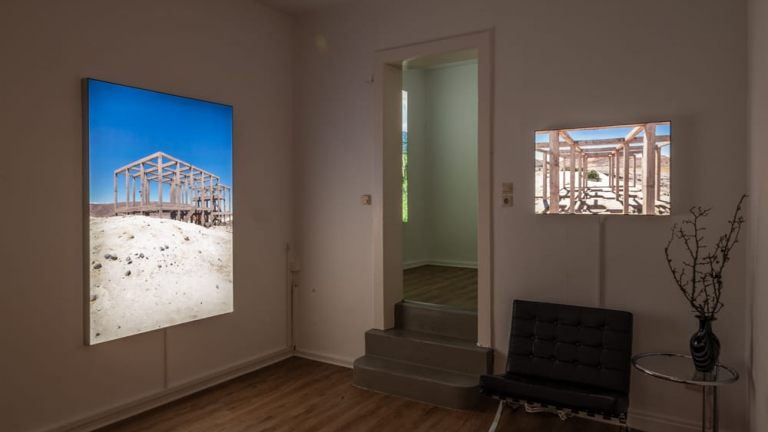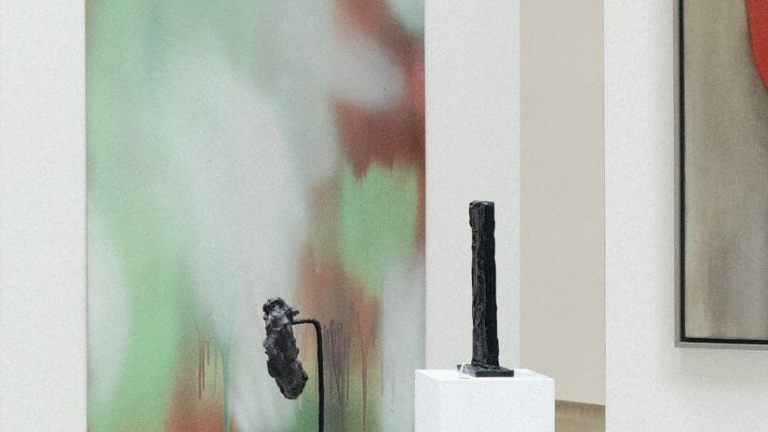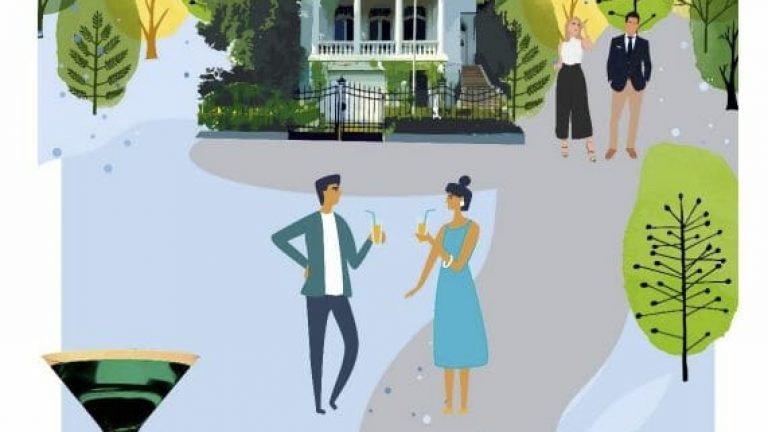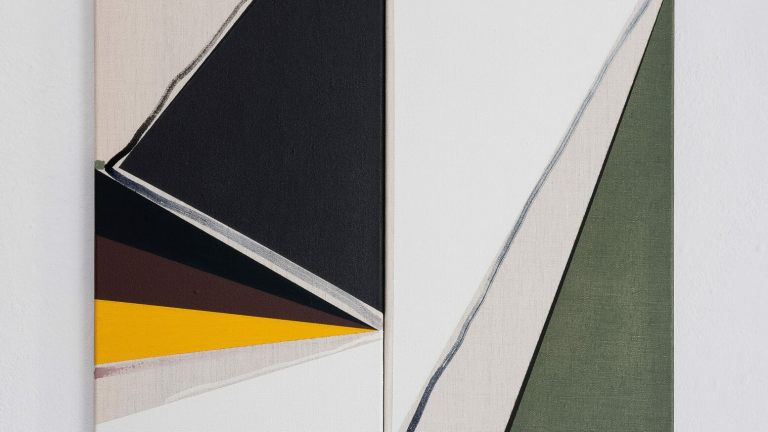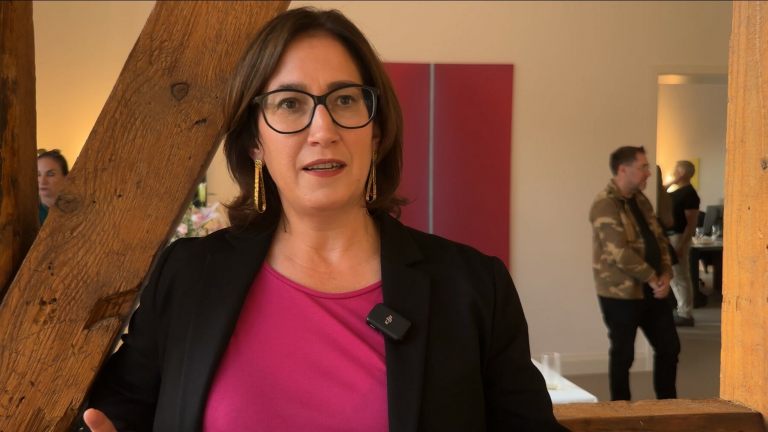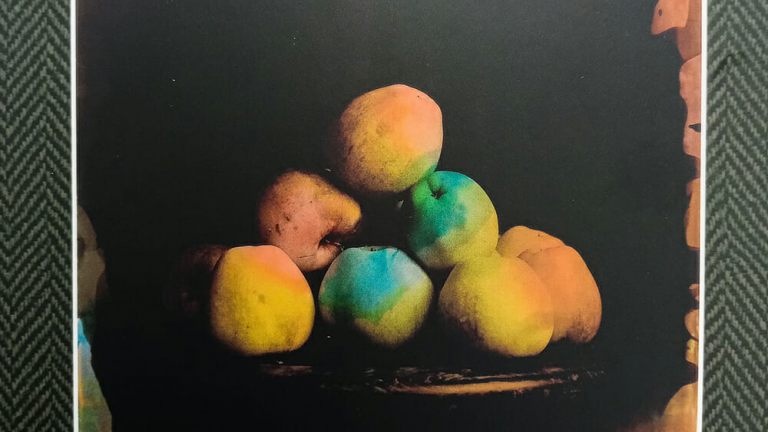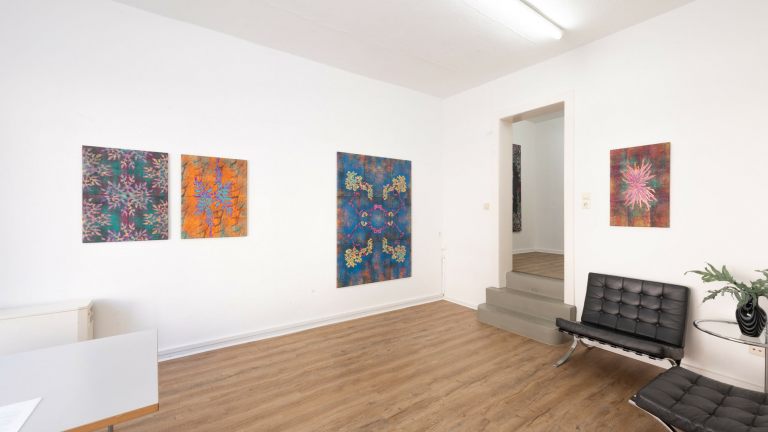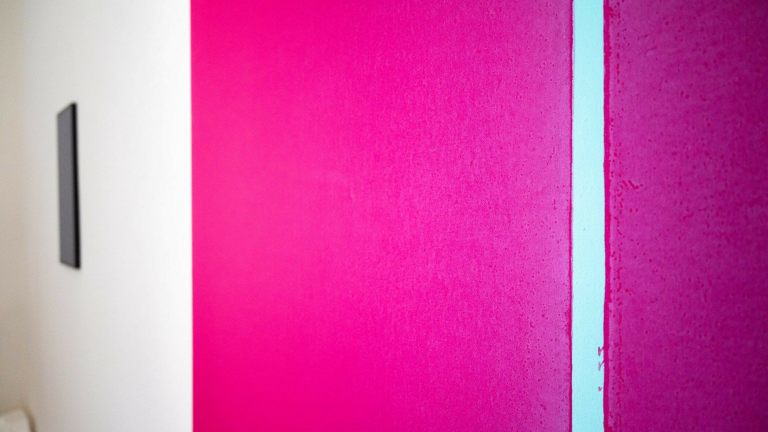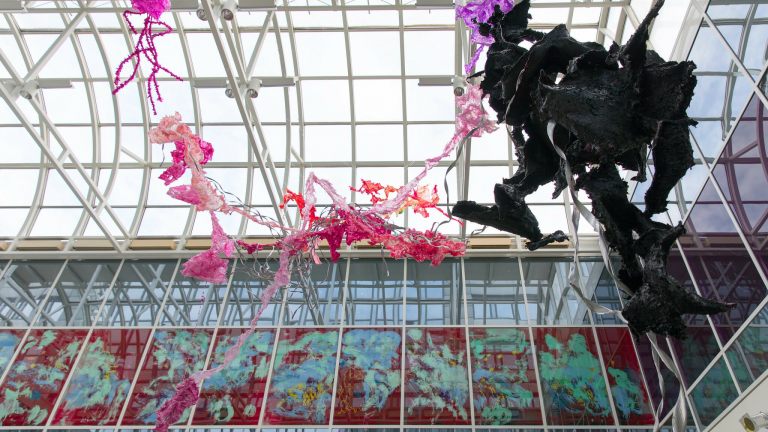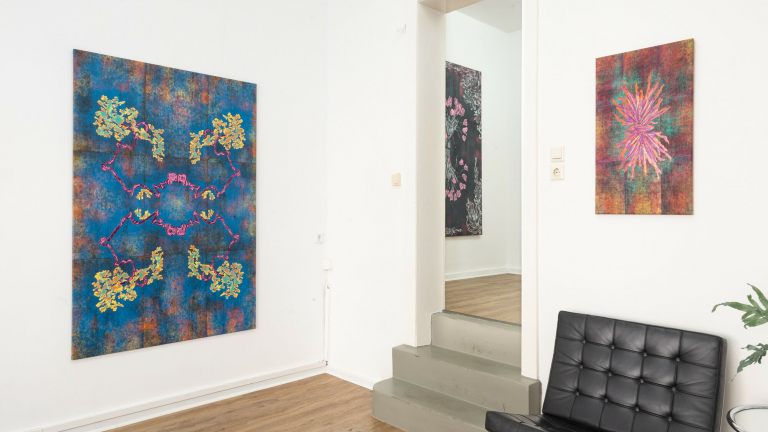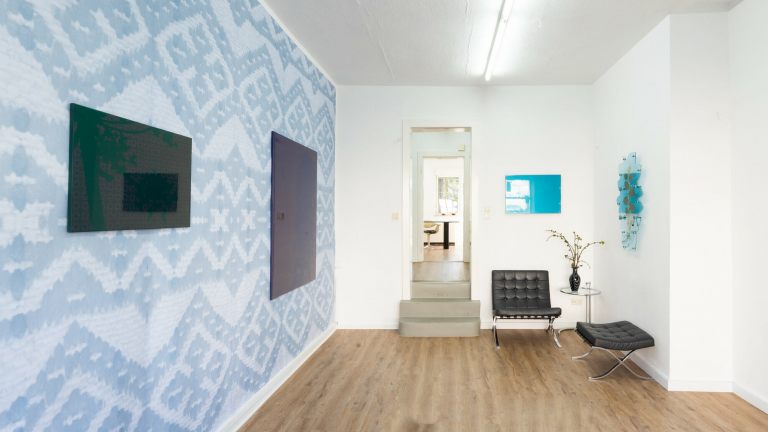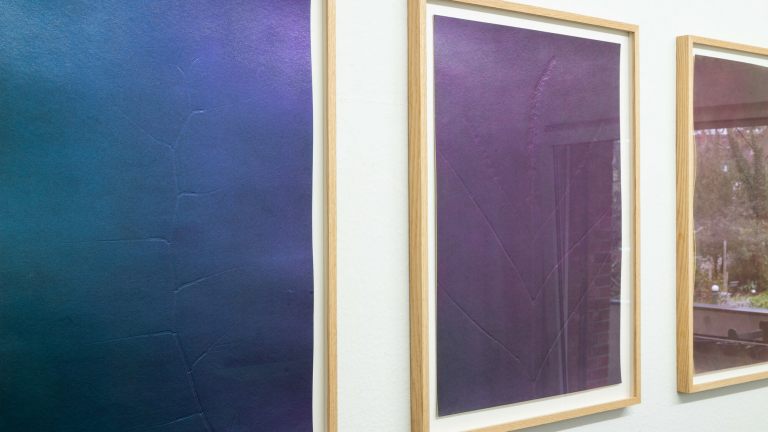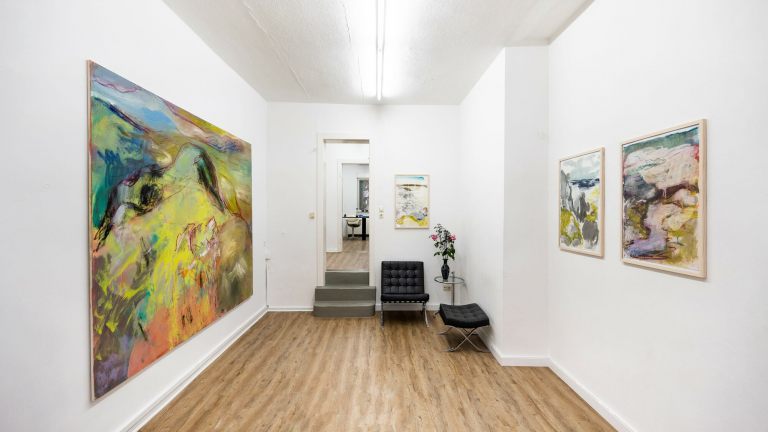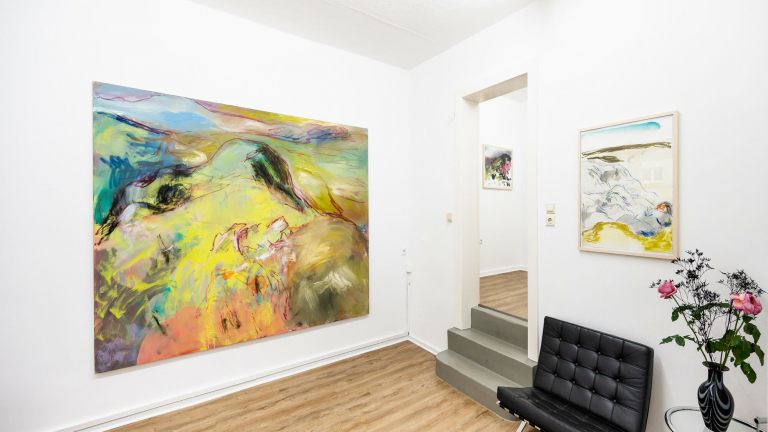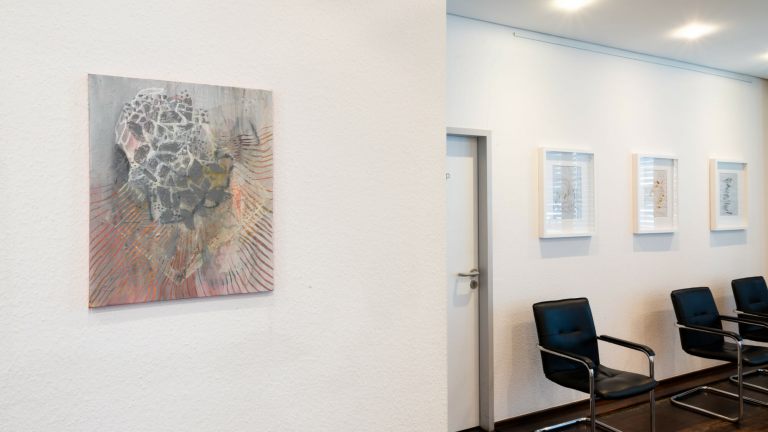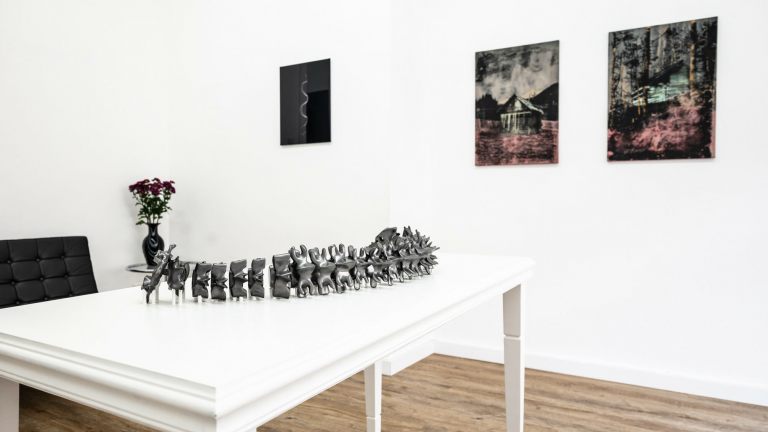Rosebud - kuratiert für Galerie Teapot und die Christuskirche Herwarthstr.
23.05.2013 bis 07.07.2013 / Galerie Teapot / Herwarthstraße 3 • Köln
Vernissage 23.05.2013, 19-23:59 Uhr
Finissage 16.07.2013, 18-20 Uhr
With works by:
Aljoscha
Dan Dryer (Astrid Piethan and Jörg Koslowski)
Johannes Jensen
Heike Kabisch and Klara Kayser (collaboration)
Katharina Kiebacher and Kristina Bengtsson (collaboration)
Jens Pecho
Alex Pollard
Susanne Rottenbacher
Andreas Schmitten
Rob Scholte
Christian Theiß
Curated for Galerie TEAPOT by Julia Ritterskamp
“Rosebud” is the dying word gasped by Citizen Cane in the eponymous film by Orson Welles. It tells the story of a man who sacrificed his ideals in order to move up the social ladder and on his deathbed regrets his lost childhood, which is symbolised by a Rosebud-brand sled. After his death, his heirs try to work out the riddle that lies behind his dying word. It has to do with the puzzle of a life and the question: what do we generally consider to be reality?
And what does this title have to do with the current exhibition, in which 14 artists are showing predominantly space-oriented works at Galerie TEAPOT and in the neighbouring Christuskirche? The descriptive interplay of memory, perception and emotion, as well as the questioning of automatic perceptions of “Reality” are the common denominators for these visually diverse artistic positions. In addition, the artists are following their own paths – contrary to Citizen Cane – without falling prey to the lure of quick, commercial success. Therefore, they develop projects because they are driven by an inner urge to bring them to realisation. Artistic positions have been selected that do not fit so neatly into the usual scheme of things, whether due to the dimensions of the work or to the creative approach, which rejects the sometimes still existent expectation that visual art ought to take the form of wall decoration.
The individual pieces spur the viewer to place him- or herself in relation to them, whether through size, artistic interventions on everyday objects, powerful symbolism in conjunction with spaces that were previously unfamiliar to us, wit and irony, as well as synaesthetic applied works. The spatial and contextual interaction with the religious space, which continues to serve its usual function during the course of the exhibition, leads to different and sometimes surprising artistic effects. Invisible, above us, under us, to be walked over, to be used as part of the church’s operations, for the eyes, for the ears, outside, inside, light and heavy, harmonious and dissonant. The list goes on and on, but it is much more enlightening to have the experience in person. To this end we cordially invite you to attend the opening on May 23rd, 2013 from 7pm.
